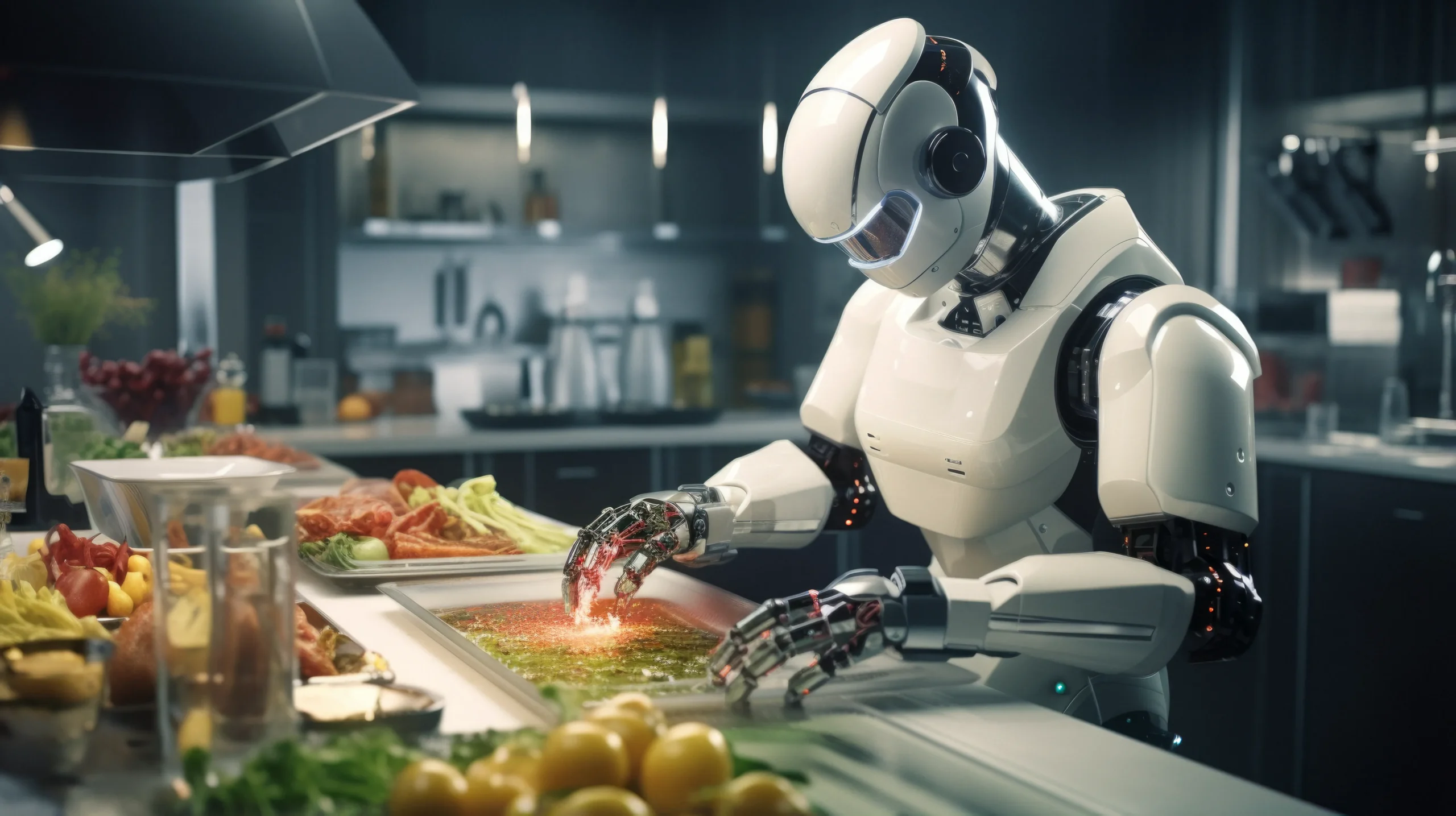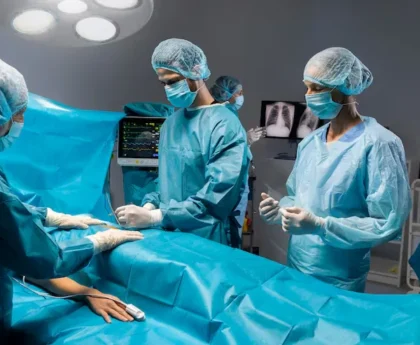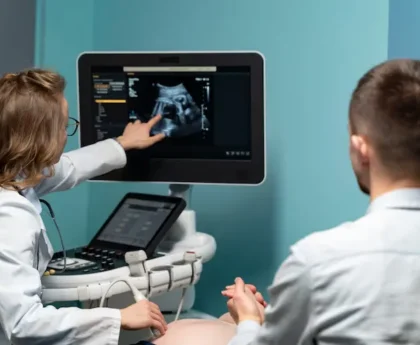You walk into a burger joint. No cooks yelling. No rush. Just a machine flipping patties with machine-like calm. It’s not sci-fi. It’s already here and Miso Robotics is behind it.
They call it Flippy. It doesn’t call in sick. It doesn’t complain. It just flips, fries, and repeats. Some say it’s the future. Others say it’s the end of the kitchen as we know it.
So… are human cooks being replaced?
What Exactly Does Miso Robotics Do?
Miso Robotics builds automated kitchen systems that handle the stuff most cooks hate standing by the fryer for hours, burning arms, missing orders during a rush. Their main product, Flippy, handles the fryer and the grill. It uses cameras and AI to spot when food’s ready, then lifts, drains, and serves it. It doesn’t panic. It doesn’t get grease burns.
Restaurants like White Castle are testing it. Not because it’s trendy but because they’re short-staffed, and fast food doesn’t wait for people to catch up.
The Rise of Automation in Commercial Kitchens
If you’re a line cook working 60-hour weeks for minimum wage, a robot sounds like competition. But here’s the twist: those roles are already hard to fill. Kitchens across the U.S. are desperate for help. High turnover. Burnout. No one wants to work the fryer anymore.
That’s where Miso Robotics steps in. Not to erase humans. But to take the pressure off.
You still need people to prep, plate, taste, clean, and handle chaos. Robots can’t make judgment calls. They just follow code. To learn more about Flippy’s features and how it’s impacting restaurant kitchens, click here for the full breakdown.
The Benefits: Why Restaurants Are Paying Attention
Let’s not sugarcoat it, restaurants aren’t adopting Flippy to be futuristic. They’re doing it to survive.
- Staff shortage? Covered.
- Safety concerns? Less risk.
- Consistency? Every fry, same golden crunch.
- Cost savings? Eventually, yes no breaks, no sick days.
For fast food chains doing 200+ orders per hour, reliability matters more than charm. And Miso Robotics gives them that.
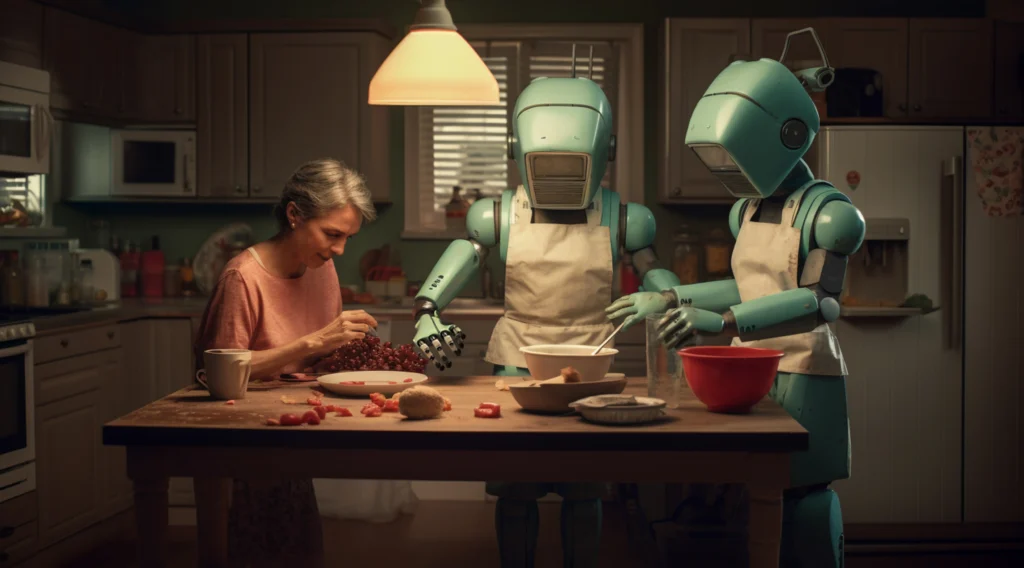
The Downsides No One Talks About
It’s not plug-and-play. Setting up a robotic system is expensive. Training it to work with your kitchen’s layout and menu takes time. If the robot glitches mid-shift? You better hope someone knows how to reset it.
Also, food is emotional. It’s not just about speed. Some customers still want to see a cook behind the counter. Smells. Sizzling. People.
Flippy doesn’t wave at you. It doesn’t smile.
What’s Actually Changing in the Kitchen?
Let’s be clear. Cooks aren’t vanishing. Their roles are shifting.
Instead of doing 100 fry baskets an hour, they’ll supervise, adjust, and step in when things get messy. Less grunt work. More control.
If anything, Miso Robotics might give cooks breathing room. That’s the part most headlines miss. It’s not “robots vs humans.” It’s “robots with humans.”
Are Human Cooks Going Extinct?
Because they’re doing it at scale. A lot of startups talk the talk. Miso is already in kitchens. Their robots learn from each shift. The more they work, the smarter they get.
They’re not building kitchen gadgets. They’re building workforce tech.
And that’s what sets them apart.
What Makes Miso Robotics Stand Out?
Some customers love the efficiency. Others say it feels too clinical.
Some workers worry about jobs. Others welcome the help.
What’s interesting is that most of the restaurants bringing in Miso Robotics were already struggling to hire. Flippy isn’t replacing anyone. It’s filling a gap no one wanted.
That’s a very different story than “robot steals your job.”
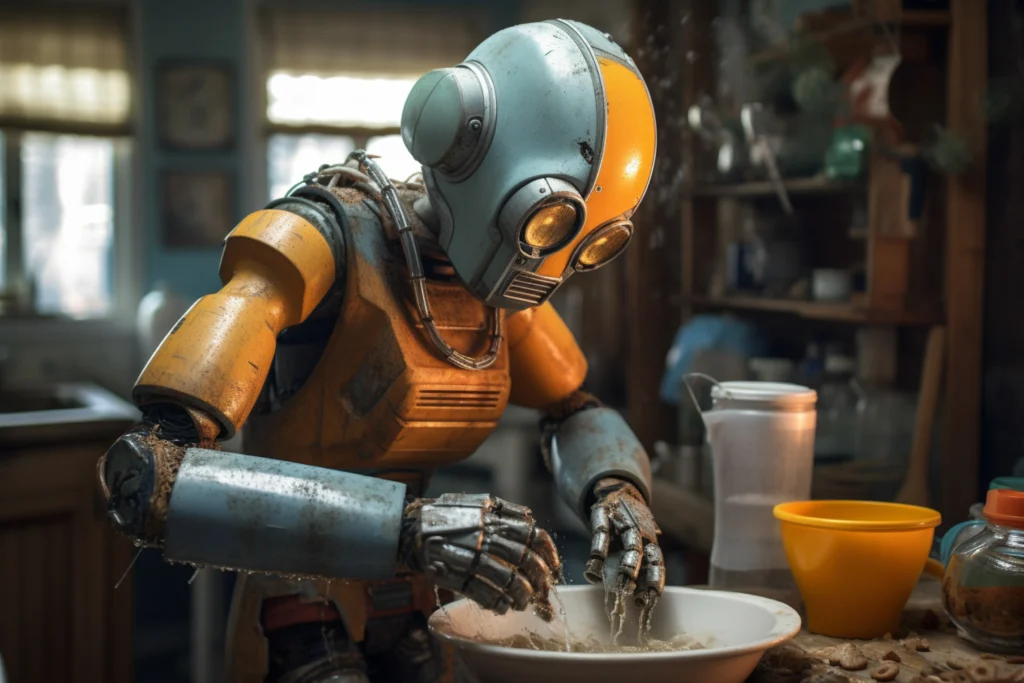
Final Take
You’ll still need humans for creativity, leadership, and handling what robots can’t predict which, let’s be honest, is most of the kitchen.
Miso Robotics isn’t removing cooks. It’s just changing the job description. And honestly? Maybe that’s overdue.
Because deep down, no one dreams of spending their life next to a fryer.

